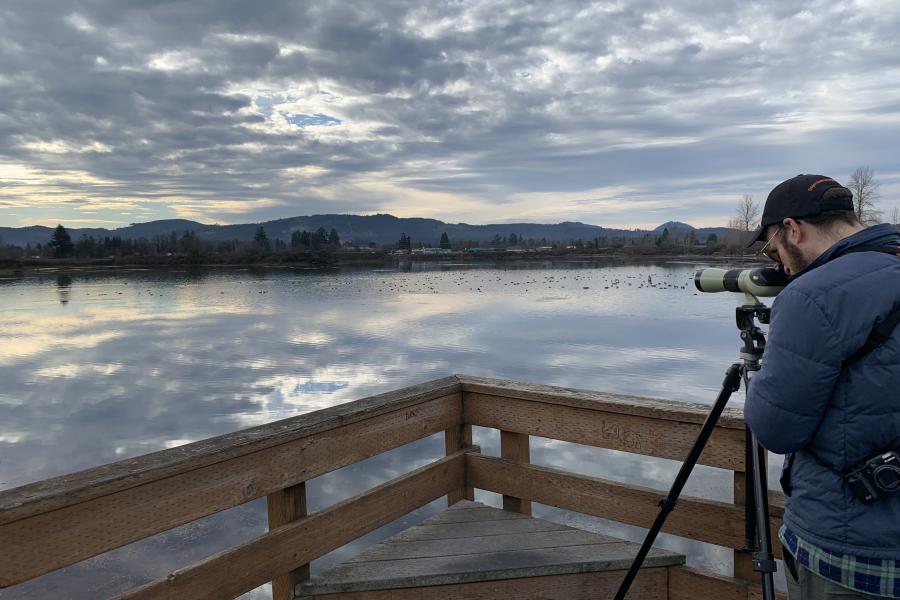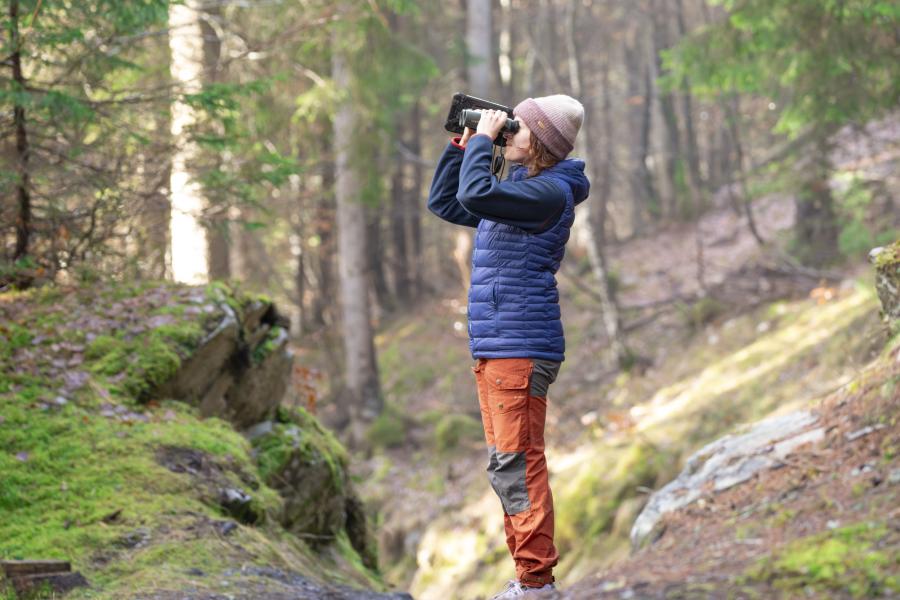Our findings demonstrate a practical and cost-effective method for estimating density and population size with community science data. There are brilliant people working on this around the world and perhaps the biggest take-away is that community science contributions are becoming more and more valuable to conservation."
This, and other recent innovative approaches to population estimation hold promise for conservationists worldwide. They allows for fine-scale population estimation whilst leveraging the enormous information from millions of observations submitted by community scientists around the globe.
Tyler recently co-authored another study led by the Swiss Ornithological Institute which has developed a new way to analyse data from large community science databases, called integrated distance sampling (IDS) models.
“Both studies use distance sampling, which is based on the idea that the further an animal is from an observer, the less likely it is to be detected. When we go out and survey wildlife, we are almost always missing things. That’s the nature of wildlife surveys. We generally detect a much higher proportion of the animals that are right next to us than those that are further away. This means that when you use raw counts (numbers reported that don't take this into account), which make up the majority of community science data, you're generally undercounting what's actually out there.”
Tyler added
“While statistical modelling may not excite most people, these studies provide innovative methods of combining the strengths of wildlife surveys conducted by professionals and community science surveys submitted by the public to produce reliable population estimates, which are absolutely essential to conservation.”
These two studies have the potential to significantly enhance the accuracy and availability of wildlife population estimates and could greatly augment the value of community science for conservation.








